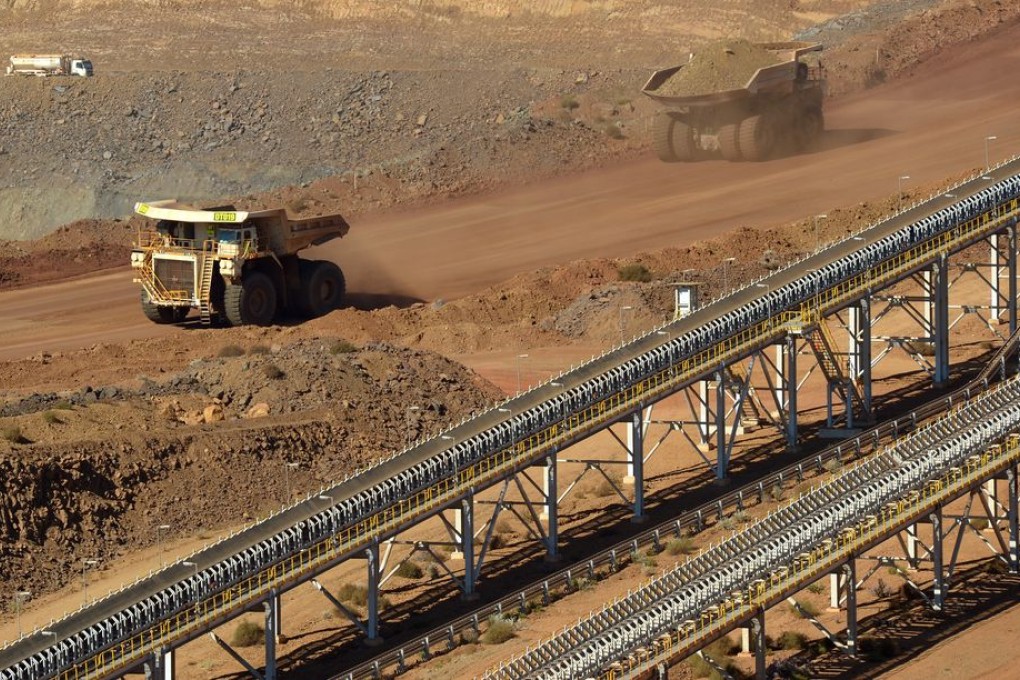Mining still solid despite slowdown
The slowdown in Chinese growth - to a still-impressive and better-than-expected 7.7 per cent - has certainly hurt Australia's economy. The country expanded its mining capacity as Chinese growth rocketed. Now, as China's expansion slows, global commodity prices have fallen and Australia's economy is growing at a slower pace as mining investment crumples.

The slowdown in Chinese growth - to a still-impressive and better-than-expected 7.7 per cent - has certainly hurt Australia's economy. The country expanded its mining capacity as Chinese growth rocketed. Now, as China's expansion slows, global commodity prices have fallen and Australia's economy is growing at a slower pace as mining investment crumples.
But that doesn't mean that Australian exports to China have fallen, according to news reports. China's economy is much larger than it was just a few years ago, and it continues to require massive amounts of commodities for its infrastructure projects and to build houses. China's biggest iron ore investor in Australia, Citic Pacific, says it expects Chinese steel production to remain in the range of 700 million to 800 million tonnes a year for the next few years.
Fiducian Group funds manager Conrad Burge is still positive about the outlook for Chinese demand for Australia's resource exports. "China's economy is still expected to grow above 7 per cent," he told the Sydney Morning Herald. "Many analysts have forecast plans to shift the economy from being infrastructure-led to consumer services-led will mean less demand for iron ore and coal. But we expect China to have strong demand for Australia's commodities for some time even."
Amid the dire predictions, Australia posted an A$468 million (HK$3.25 billion) trade surplus for December. That built on a surplus in November of A$83 million, the first trade surplus in two years.
Analysts have warned that China's appetite for imported ore would wane in the months ahead as industrial growth cools and the demand for steel weakens. But the value of exports rose 4 per cent on-month in December, thanks to solid gains in the sale of coal and iron ore, largely to China.
China's demand for commodities is still increasing, albeit at a slower pace. The country's iron ore imports hit a record in November, up a fifth from the start of last year. And Australian producers also have benefited from a weaker Australian dollar, which has fallen as much as 15 per cent from its peak last year, boosting export values in local currency terms.